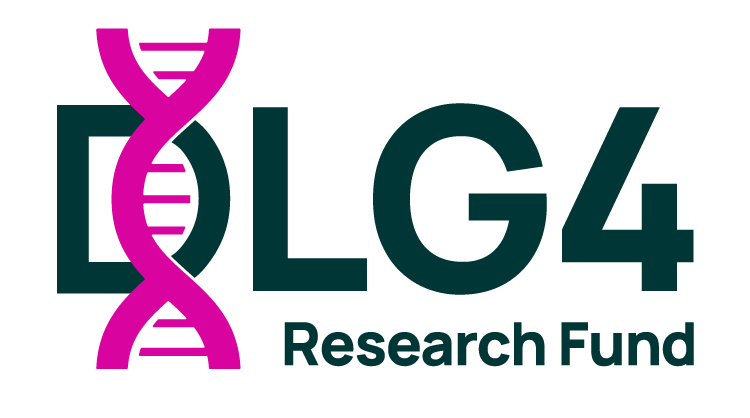DLG4 Synaptopathy Gene Therapy Research
Read more about our roadmap to a first in-human clinical trial
A vast majority of DLG4 Patients have a Loss of function mutation on the DLG4 gene. AAV technology, which is used as the delivery method to express DLG4 in cells that are deficient, has advanced rapidly. The current generation of AAV vectors, AAV9, are safe and effective at crossing the blood-brain barrier. An AAV9 vector is currently used in an FDA-approved gene therapy of spinal muscular atrophy (SMA) in infants and children. Our foundation has awarded a $455,000 research grant to Dr Alysson Muotri at the University of California, San Diego campus to develop a novel gene therapy strategy to treat DLG4 Related Synaptopathy.
Some of the work that will included in the study is as follows:
The Muotri Lab at the University of California, San Diego Campus, in collaboration with the DLG4 Research Fund, is working on a promising gene therapy approach to treat DLG4-related synaptopathy. Specifically, the lab aims to test an AAV9 gene replacement therapy that can increase the levels of PSD-95 in brain cells of patients with DLG4 gene mutations. The foundation will provide skin samples and information from patients with four different variants (Frameshift, Nonsense, Missense and Splice Site) to the lab.
The first step of the project will be to use these samples to create induced pluripotent stem cells (iPSCs) and make copies of them. Dr. Muotri’s team will then grow these cells in their lab and study their development and neuronal activity, comparing them with healthy control cells also provided by the foundation. Next, the lab will reprogram the iPSCs into 2D neurons and 3D brain organoids to further investigate the disease mechanisms.
In the second step, the University will develop a gene therapy approach using viral vectors to increase the levels of PSD-95 in these cells. Finally, the University will test whether this gene therapy approach can reverse the cellular characteristics of DLG4-related synaptopathy in neuronal cell lines and cortical organoids.
The ultimate goal of this project is to gain a better understanding of DLG4-related synaptopathy and develop an effective gene therapy treatment option for all patients with this disease. By correcting the associated genetic mutations, this approach has the potential to significantly improve the lives of individuals with DLG4-related synaptopathy.
What is Gene Therapy?
Sometimes the whole or part of a gene is defective or missing from birth. This is typically referred to as a genetically inherited mutation. Most patients with DLG4 have a spontaneous de novo (meaning, not inherited) mutation that happens at conception.
Depending on what is wrong, scientists can do one of several things in gene therapy:
- They can replace a gene that is missing or is causing a problem.
- They can add genes to the body to help treat disease.
- Or they can turn off genes that are causing problems.
To insert new genes directly into cells, scientists use a vehicle called a “vector.” Vectors are genetically engineered to deliver the necessary genes for treating the disease.
Vectors need to be able to efficiently deliver genetic material into cells, and there are different kinds of vectors. Viruses are currently the most commonly used vectors in gene therapies because they have a natural ability to deliver genetic material into cells. Before a virus can be used to carry therapeutic genes into human cells, it is modified to remove its ability to cause infectious disease.
Please listen to our interview with Dr Muotri below to better understand the details of this project.
